Animals
10 Pets You Can’t Own Without US Government’s Permission
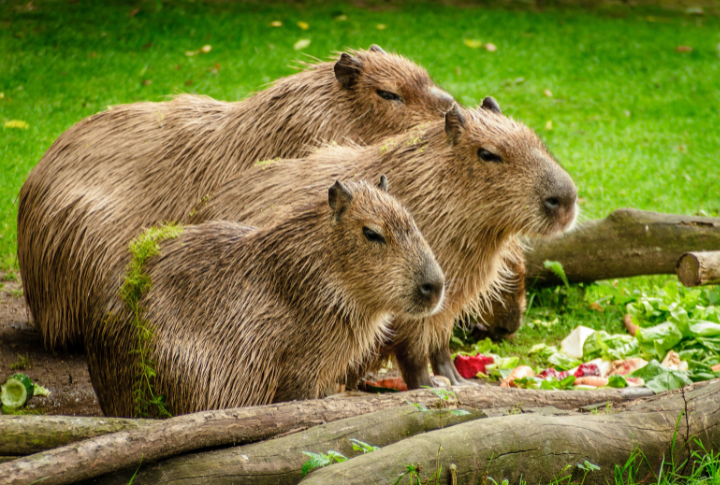
In the US, certain animals demand strict permits due to safety risks, conservation laws, or ethical concerns. Owning one isn’t as simple as signing paperwork—it means meeting regulations and proving responsibility. Let’s explore ten fascinating creatures that come with legal strings attached.
King Cobra
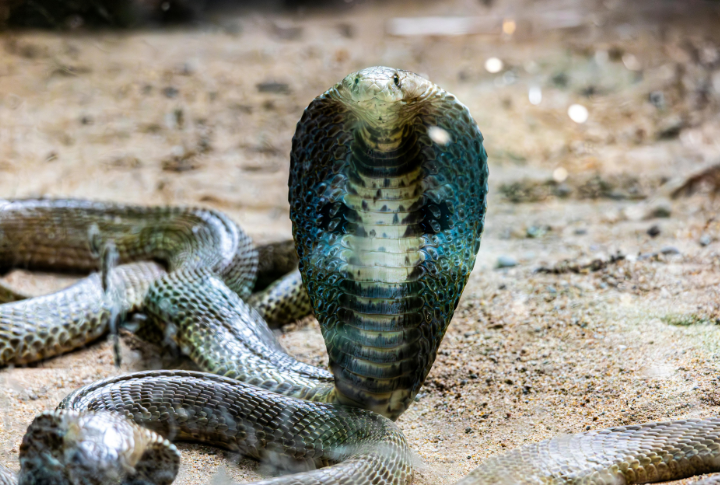
One bite, and you’re in serious trouble. King cobras are among the world’s most venomous snakes, which makes possessing one incredibly risky. Owners must demonstrate proper handling skills and provide a secure space while also ensuring quick access to antivenom in case of an emergency.
Grizzly Bear
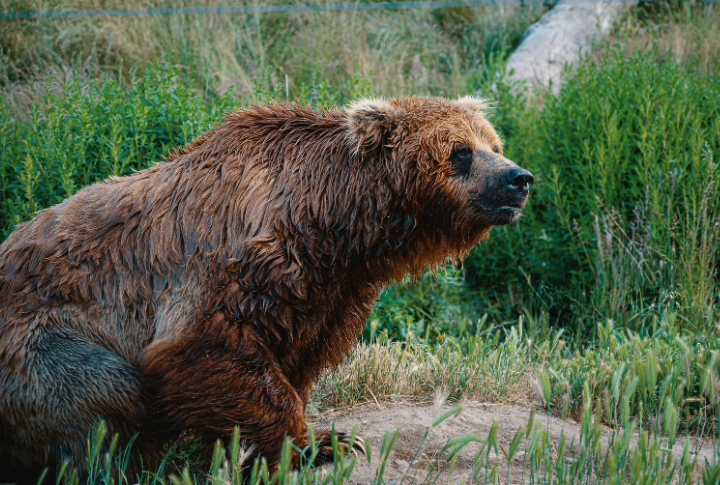
A grizzly bear might look cuddly, but don’t be fooled—it’s a force of nature. Standing over nine feet tall, it’s no house pet. Keeping one requires hard-to-get permits, huge enclosures, and strict feeding rules. Even zoos struggle with their care. Could any home really handle such a challenge?
Chimpanzee
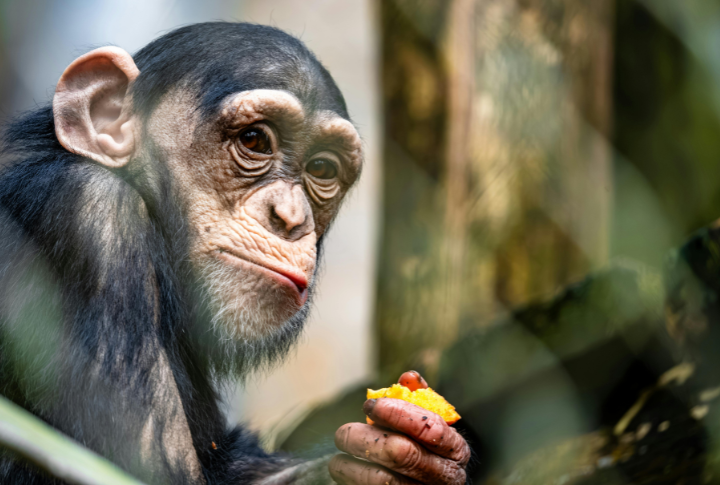
A chimpanzee living in a human home is highly unlikely. Their intelligence and strength make them difficult for humans to manage. Plus, they pose health risks. Even trained specialists struggle to meet the species’ needs and create a suitable environment.
American Alligator
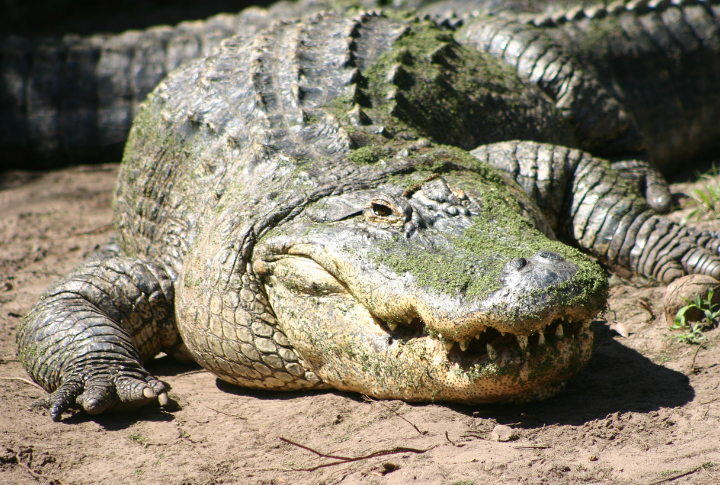
An alligator in your backyard pond might be thrilling, but it comes with legal and logistical challenges. These powerful reptiles need reinforced enclosures and legal approval to prevent escapes. Warmer states like Florida and Louisiana have even stricter laws on ownership, and mishandling one can have serious consequences.
Capybaras
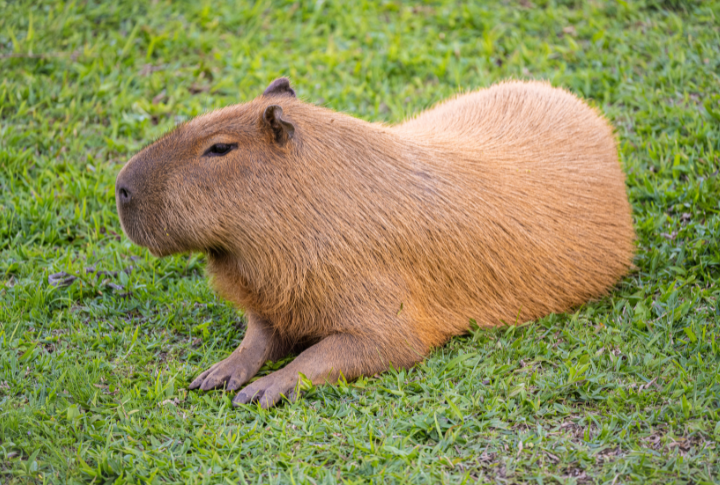
These chill-looking rodents can weigh over 100 pounds, and they need constant access to water and social interaction. Some states allow them with permits, others ban them altogether because of their habitat requirements and pet rules. So, this mellow mammal can become a surprisingly complicated legal pet choice.
Axolotl
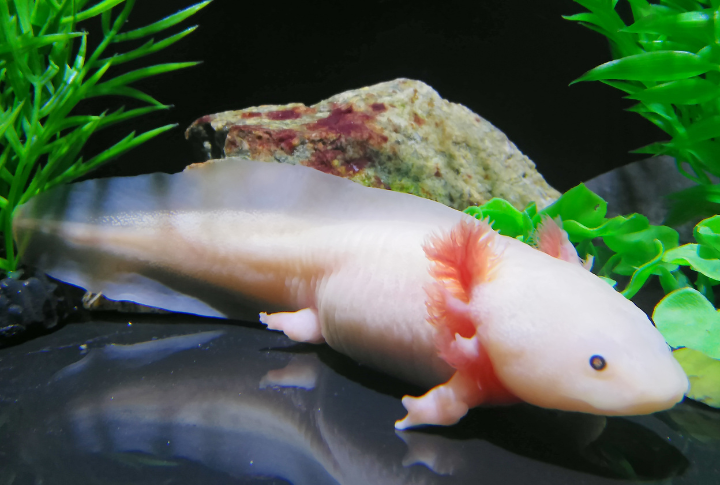
These adorable aquatic salamanders may look harmless, but their sale and ownership are regulated in several US states due to concerns about invasive species. Some areas have strict rules, and failing to comply could result in fines or even the loss of the pet.
Gray Wolf
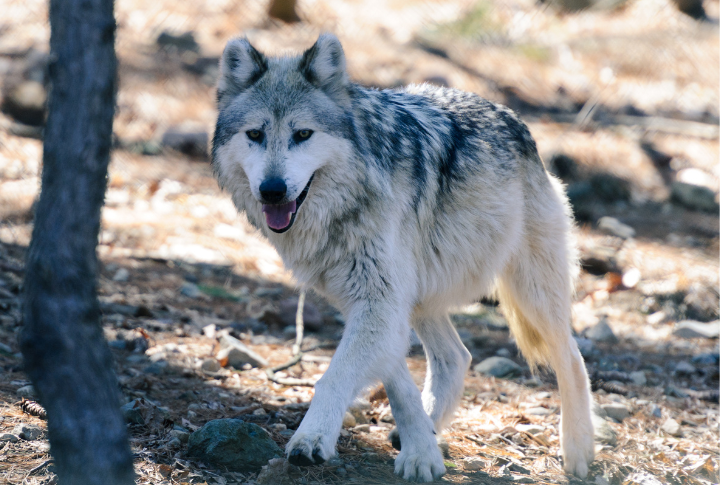
Is a wolf just a misunderstood dog? Not quite. Their instincts make them unpredictable and hard to control. Some states allow hybrids, but full wolves face firm regulations. These animals need space to roam, a wild-appropriate diet, and an experienced caretaker who understands their complex behavior.
Ocelot
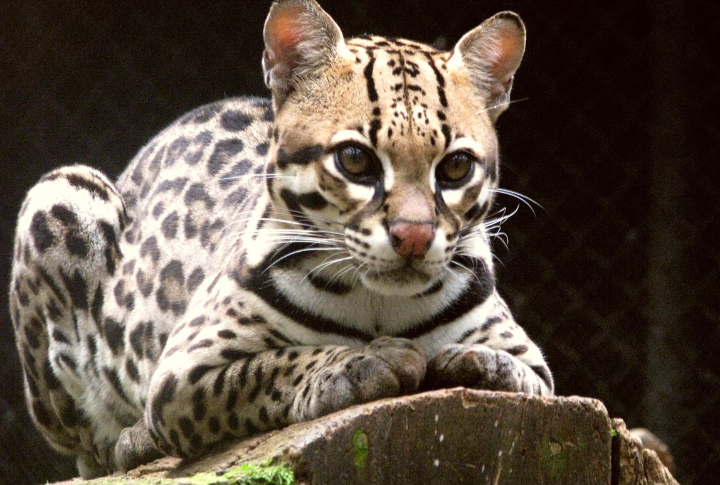
Small but fierce, the ocelot is a wild cat that fascinates with its striking coat and elusive nature. Due to conservation concerns, it’s heavily protected under international and US wildlife laws, and for the right reasons. Unlike domesticated cats, they have strong hunting instincts that make housing a challenge.
Poison Dart Frog
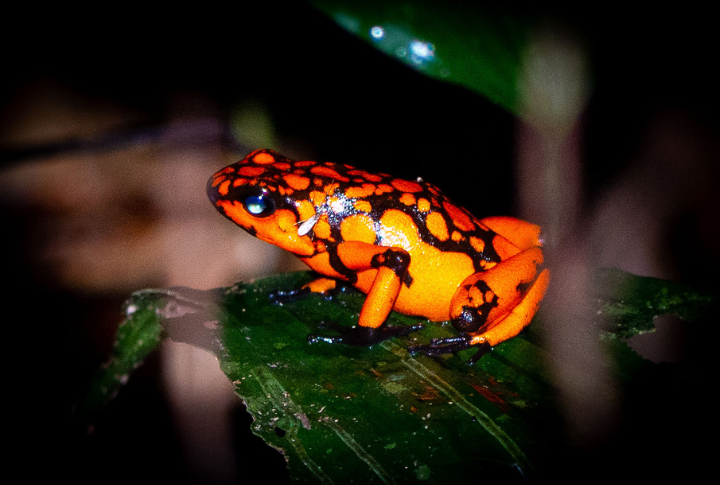
Poison dart frogs may be tiny, but the wild ones can carry toxins strong enough to harm humans. Although captive-bred frogs pose little risk, some areas impose restrictions to protect local ecosystems or ensure responsible care. Certain breeds are safer, but precautions still matter.
Lion
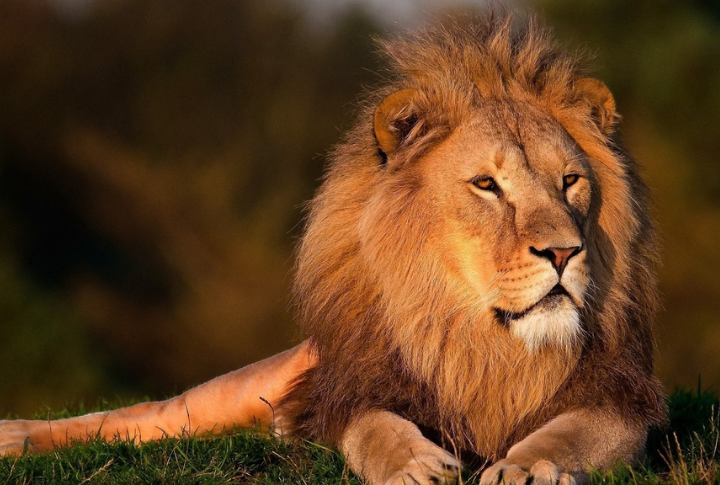
Just picture a lion relaxing in your backyard. Hard to believe, isn’t it? These powerful predators aren’t easy to keep. Federal and state laws require strict permits, massive enclosures, and constant safety measures. Even with approval, providing the proper care is a huge responsibility few can manage.

